
TIME FOR KIDS
BIG
BOOK OF
HOW
A Note to Readers and Their Parents
An adult should supervise some of the activities in this book. They may require the use of scissors or other sharp objects, or need safety guidance from an adult. On the following pages, you will find a red star  : . When you reach a page that has a star, ask an adult for help.
: . When you reach a page that has a star, ask an adult for help.
HOW to use this book
This book has all the questions... and all the answers. If youve ever wondered how the dinosaurs died out, how an enormous cruise ship stays afloat, or how to perform the skateboard trick called an ollie, youll find out in these pages. The book is divided into 11 chapters that cover topics ranging from sports and science to computers and animals. At the end of each chapter, youll find hands-on activities. The book is also full of unusual facts thatll have you saying, How about that! A glossary at the end defines some of the terms used in the book.
TIME FOR KIDS
2017 Time Inc. Books
Published by Liberty Street, an imprint of Time Inc. Books
225 Liberty Street
New York, NY 10281
LIBERTY STREET and TIME F OR K IDS are trademarks of Time Inc.
All rights reserved. No part of this book may be reproduced in any form or by any electronic or mechanical means, including information storage and retrieval systems, without permission in writing from the publisher, except by a reviewer, who may quote brief passages in a review.

Produced by Scout Books & Media Inc
President and Project Director Susan Knopf
Editor Margaret Parrish
Managing Editor Brittany Gialanella
Copyeditor Stephanie Engel
Proofreader Beth Adelman
Indexer ARC Indexing
Designer Dirk Kaufman
Writers
James Buckley, Jr. (Sports, Buildings, Home Technology, Space)
Michael Centore (Science, Computer Technology, Just for Fun)
Cari Jackson (Animals, Transportation, The Human Body, You and Your World)
Advisers
Special thanks to our expert reviewers, whose passion for and willingness to share their knowledge of their fields inspires us all: Elizabeth Bland; Amy Lennard Goehner; Paul McLean, PhD; Mary-Margaret Segraves, PhD, RN; Michael Rentz, PhD.
Thanks to the Time Inc. Books team: Margot Schupf, Anja Schmidt, Beth Sutinis, Deirdre Langeland, Georgia Morrissey, Hillary Leary, and Alex Voznesenskiy.
Special thanks to the TIME F OR K IDS team: Nellie Cutler Gonzalez and Elizabeth Winchester.
e-ISBN: 978-1-68330-934-5
Library of Congress Control Number: 2017942484
Second Edition, 2017
1 QGT 17
10 9 8 7 6 5 4 3 2 1
We welcome your comments and suggestions about Time Inc. Books.
Please write to us at:
Time Inc. Books
Attention: Book Editors
P.O. Box 62310
Tampa, FL 33662-2310
(800) 765-6400
timeincbooks.com
Time Inc. Books products may be purchased for business or promotional use. For information on bulk purchases, please contact Christi Crowley in the Special Sales Department at (845) 895-9858.
Contents
Chapter 1: Animals
The first living things appeared on Earth about 3.5 billion years ago. Since then, animal speciesfrom sponges to elephantshave developed fantastic features that help them survive.
HOW did the dinosaurs die out?
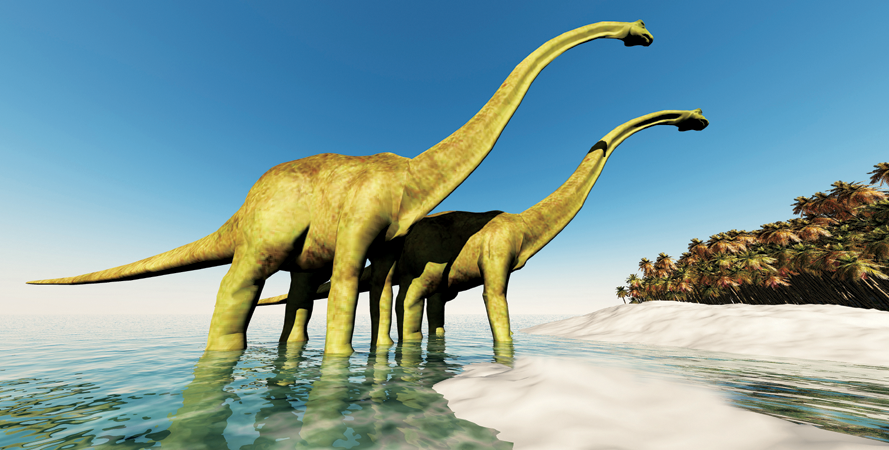
The first dinosaurs appeared on Earth about 230 million years ago. Dinosaurs (the word means terrible lizards) ruled the planet for nearly 165 million years. Then, about 66 million years ago, they all disappeared. Along with the dinos, at least 50% of all the planets plants and animals were wiped out in a mass extinction. Extinction is the death of an entire species.
What caused this huge wipeout? Scientists have come up with several possibilities.
THE BIG CRASH
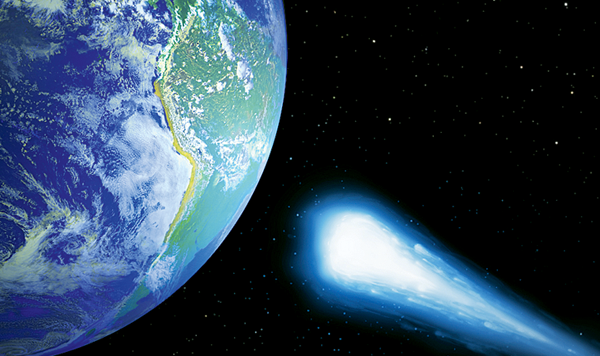
A comet or asteroid about six miles across may have slammed into the shallow waters off the coast of southern Mexico 66 million years ago. The blast could have ignited a mineral called gypsum below the seafloor, which would have created a giant sulfur cloud that blocked the sun. A global winter would have resulted, killing off the dinos. Scientists now think that if the asteroid had hit just a few moments earlier or later, dinosaurs might still be alive today! Instead of landing in shallow waters, the asteroid would have hit the deep oceanso no sulfur cloud, and a happy ending for the dinos.
BLOWING THEIR TOPS
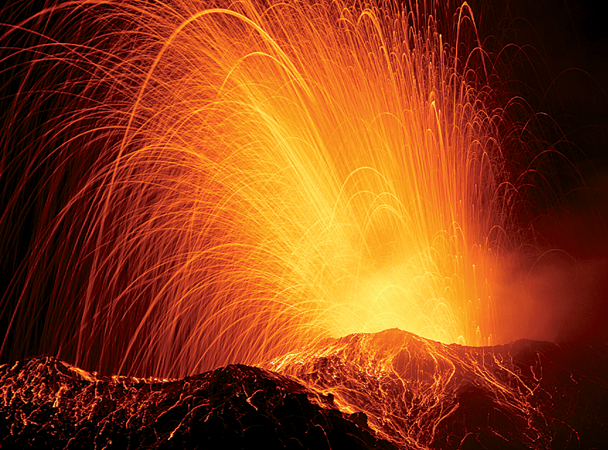
Before the dinosaurs died out, huge volcanic eruptions took place in western India. They covered half of modern-day India with a layer of volcanic rock one mile thick. Clouds of ash and dust could have blocked out the sun, lowering the planets temperatures. Volcanic gases may have produced acid rain, which would have hurt plant and sea life. These disasters could have led to mass extinctions.
BAD BUGS

As the planets temperature rose 66 million years ago, it became a perfect breeding ground for germs and insects. The insects could have spread new diseases that dinosaurs and other animals couldnt fight off.
SEA THIS Scientists believe that Earths oceans were once much higher than they are today. Then, millions of years ago, the continents rose and sea levels dropped. Many once-wet areas became cool and dry. During that period, for example, North America was divided by a sea called the Interior Seaway. As the ocean levels lowered, the seaway drained. Many sea animals died, and the dry land could no longer produce the food that dinosaurs needed to survive. This may have caused them to die.
Here today... Many scientists think a mass extinction may be going on right now. They estimate that 30,000 species disappear each year. Thats three species an hour. By the end of this century, half of todays species of plants and animals could disappear. The main cause for this: humans.
A species is endangered when it is in immediate danger of becoming extinct. A threatened species is likely to become endangered in the future. Once a species is extinct, it will never come back. Here are just a handful of the thousands of animal species that are endangered or threatened (on the following pages).
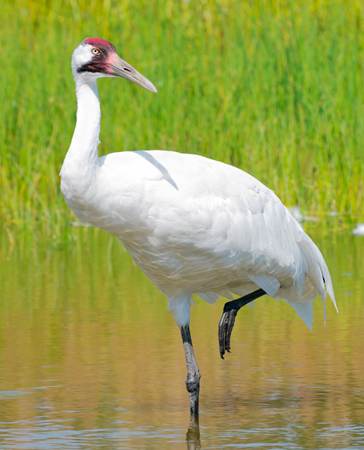
Whooping crane
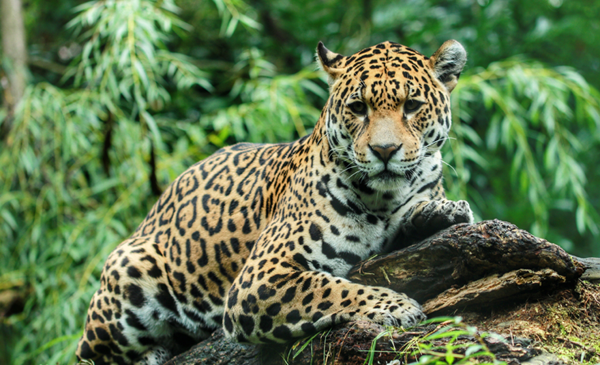
Jaguar
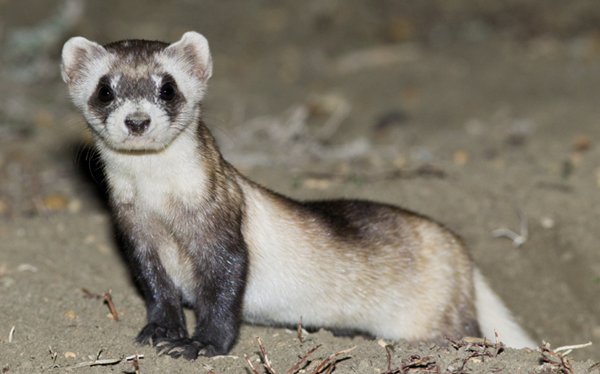
Black-footed ferret
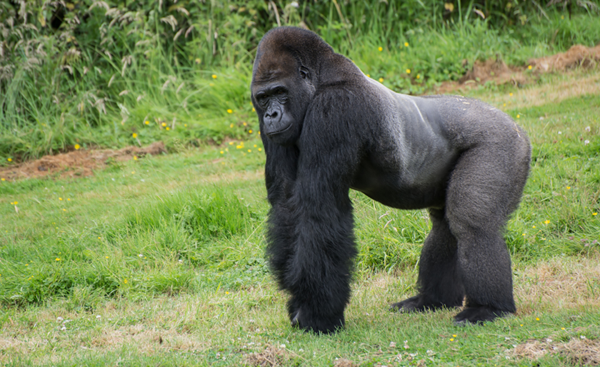
Next page
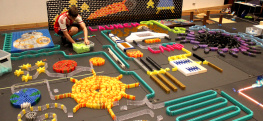





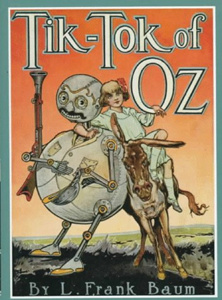


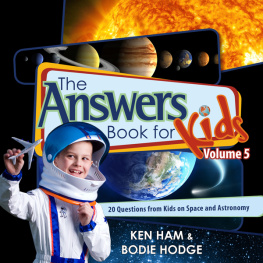
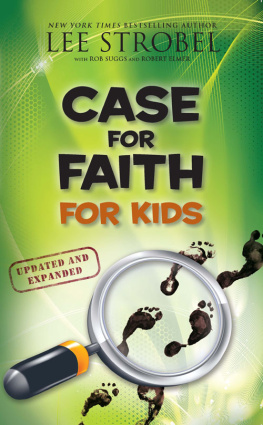

 : . When you reach a page that has a star, ask an adult for help.
: . When you reach a page that has a star, ask an adult for help.







